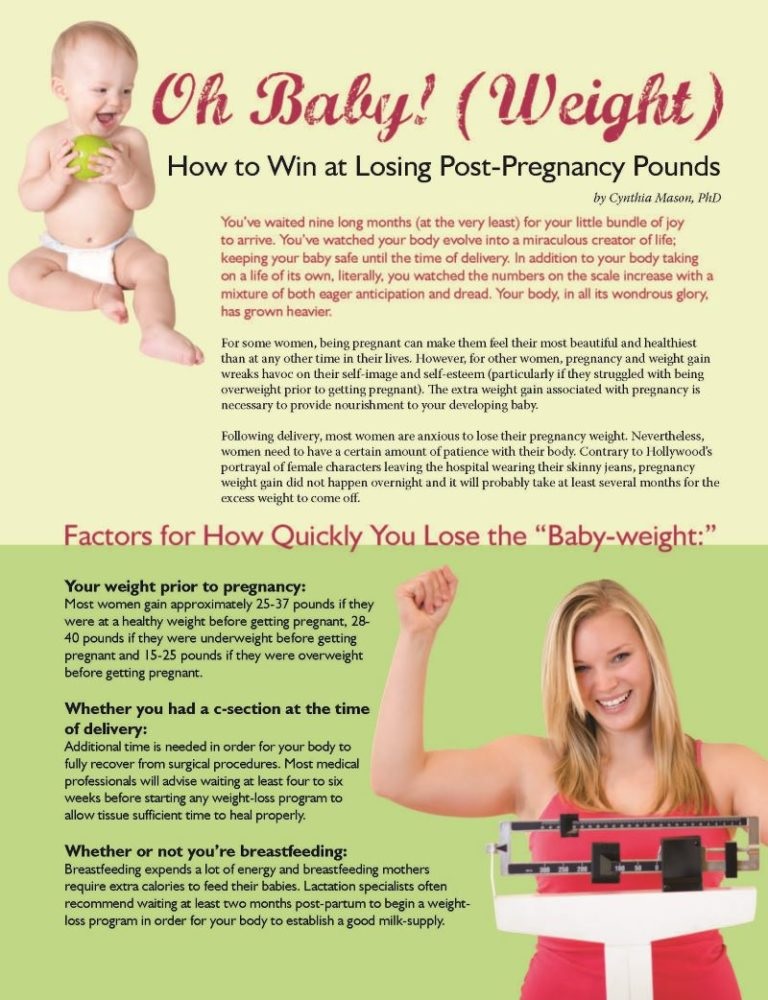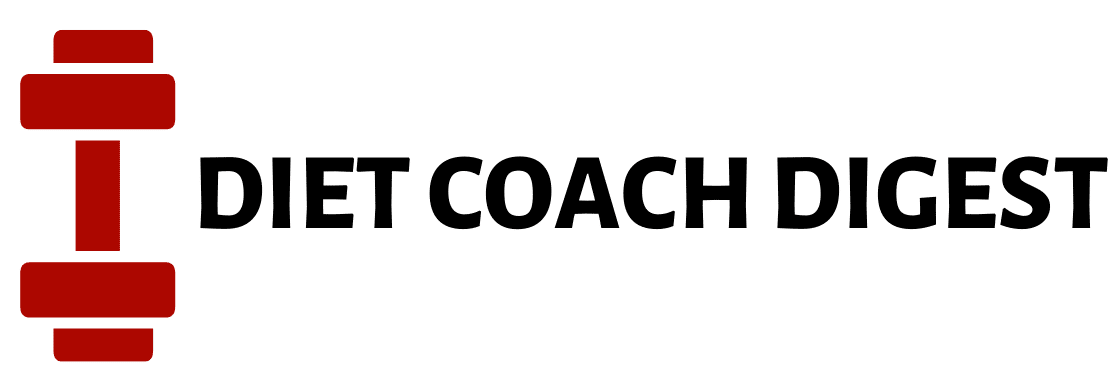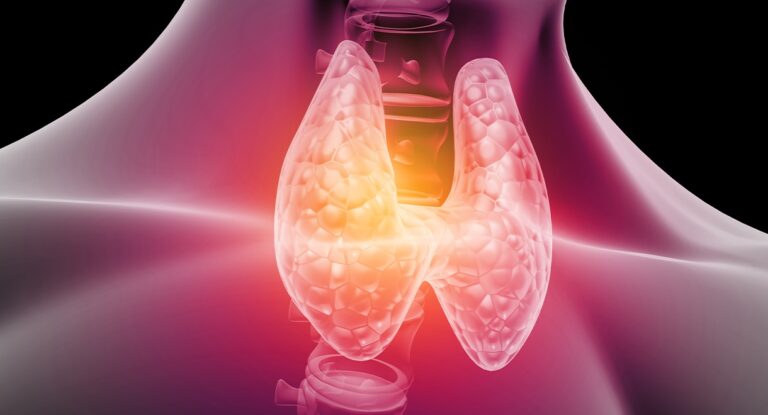Weight Loss After Pregnancy: How to Shed Those Extra Pounds

- Should You Train To Muscle Failure Every Set? What You Need To Know - March 4, 2025
- Nutrition in a Hurry: Top Post-Workout Snacks for Active People - February 20, 2025
- 15 Healthy Meal Prep Recipes: Your Weight Loss Made Easy - February 18, 2025
Congratulations on your new bundle of joy! Now that you’ve entered the wonderful world of motherhood, you may be wondering how to shed those extra pounds gained during pregnancy. In this article, we will explore the topic of weight loss after pregnancy and provide you with valuable information and tips to help you on your journey. From debunking crash diets to embracing healthy eating habits and exercise, we’ve got you covered. So, grab a cup of tea, sit back, and let’s get started on your post-pregnancy weight loss adventure.

Nutritional Needs for Weight Loss After Pregnancy
Importance of Meeting Nutritional Needs
Losing weight after pregnancy is a common goal for many new mothers, but it is important to approach it in a healthy and sustainable way. Crash dieting and extreme calorie restriction are not recommended, especially for breastfeeding mothers. It is crucial to meet your nutritional needs to support breastfeeding and maintain energy levels.
Macronutrient Requirements for Breastfeeding Mothers
As a breastfeeding mother, your body requires additional nutrients to produce milk and support your baby’s growth and development. Macronutrients, including carbohydrates, proteins, and fats, play a crucial role in meeting these needs.
Carbohydrates are the main source of energy for your body. Opt for complex carbohydrates such as whole grains, fruits, and vegetables, which provide essential vitamins, minerals, and fiber. Avoid highly processed and sugary foods, as they can lead to weight gain and provide empty calories.
Proteins are essential for repairing and building tissues, and they are especially important for breastfeeding mothers. Choose healthy protein sources such as lean meats, poultry, fish, beans, lentils, and tofu. These foods provide essential amino acids and can help you feel fuller for longer.
Including heart-healthy fats in your diet is important for overall health and weight loss. Sources of healthy fats include avocados, nuts, seeds, olive oil, and fatty fish like salmon. These fats provide essential fatty acids and can help reduce inflammation in the body.
Choosing Healthy Protein Sources
When it comes to choosing protein sources, it is important to opt for lean options that are low in saturated fats. Lean meats, such as chicken and turkey breast, are excellent choices. Fish, such as salmon and tuna, are rich in omega-3 fatty acids, which are beneficial for both your health and your baby’s development.
Vegetarian protein sources are also a great option. Beans, lentils, and tofu are all rich sources of protein and can easily be incorporated into a variety of dishes. They are also high in fiber, which can aid in digestion and help you feel fuller for longer.
Incorporating Fiber-Rich Foods
Fiber is an important nutrient for weight loss, as it helps to regulate blood sugar levels and keeps you feeling full. It also aids in digestion and can help prevent constipation.
Incorporating fiber-rich foods into your diet is simple and effective. Choose whole grains such as brown rice, quinoa, and whole wheat bread. Fruits and vegetables are also excellent sources of fiber. Aim for at least 5 servings of fruits and vegetables per day.
Including Heart-Healthy Fats in Your Diet
Contrary to popular belief, not all fats are bad for you. In fact, including heart-healthy fats in your diet can actually aid in weight loss and overall health.
Avocados are a rich source of monounsaturated fats, which can help reduce LDL cholesterol levels and promote heart health. Nuts and seeds, such as almonds and chia seeds, are also packed with healthy fats and make for great snacks.
Incorporating fatty fish into your diet, such as salmon and mackerel, provides omega-3 fatty acids, which have been shown to reduce inflammation and support brain health. Cooking with olive oil instead of butter or vegetable oil is another simple way to include healthy fats in your meals.
Calorie Requirements for Weight Loss After Pregnancy
Factors Affecting Calorie Requirements
The number of calories you need per day for weight loss after pregnancy depends on various factors, including your activity level, breastfeeding status, and metabolism. It is important to consult with your doctor or a registered dietitian to determine your specific calorie needs.
Breastfeeding requires additional calories to support milk production. On average, breastfeeding mothers may need an additional 300-500 calories per day. However, this can vary depending on factors such as the size of your baby and the frequency and intensity of breastfeeding sessions.
Your activity level is another important factor to consider. If you are more active, you may require additional calories to support your workouts and daily activities. Conversely, if you have a sedentary lifestyle, you may need fewer calories.
Determining Your Calorie Intake for Weight Loss
To determine your calorie intake for weight loss after pregnancy, you can use a combination of factors such as your basal metabolic rate (BMR) and activity level. Your BMR is the number of calories your body needs at rest to perform basic functions such as breathing and digestion.
To calculate your BMR, you can use an online calculator or consult with a healthcare professional. Once you have your BMR, you can then factor in your activity level and breastfeeding status to determine your total calorie needs for weight loss.
It is important to note that losing weight too quickly can have a negative impact on your milk supply and overall health. Aim for a gradual and sustainable weight loss of 1-2 pounds per week.
Balancing Calories for Breastfeeding Mothers
If you are breastfeeding, it is crucial to strike a balance between calorie deficit for weight loss and providing enough nutrients for your baby. Restricting calories too much can negatively impact your milk supply and the quality of your breast milk.
To maintain a balance, focus on nutrient-dense foods that provide the necessary vitamins, minerals, and macronutrients. Opt for whole grains, lean proteins, and plenty of fruits and vegetables to ensure that both you and your baby are getting the nutrients you need.

Healthy Menu for Weight Loss After Pregnancy
Sample Menu with 1,400 Calories
Here is a sample menu with approximately 1,400 calories, designed to support weight loss after pregnancy while providing essential nutrients:
- Breakfast: Veggie omelet with spinach, tomatoes, and mushrooms (300 calories)
- Snack: Greek yogurt with berries and a sprinkle of granola (150 calories)
- Lunch: Grilled chicken salad with mixed greens, cherry tomatoes, cucumbers, and a light vinaigrette dressing (350 calories)
- Snack: Carrot sticks with hummus (100 calories)
- Dinner: Baked salmon with quinoa and roasted asparagus (400 calories)
- Dessert: Baked apple with cinnamon and a dollop of Greek yogurt (100 calories)
Meal Ideas for a Balanced Diet
When planning your meals, aim for a well-balanced diet that includes a variety of nutrients. Choose lean proteins such as chicken, turkey, fish, beans, and lentils. Incorporate plenty of fruits and vegetables for essential vitamins, minerals, and fiber.
Including whole grains such as quinoa, brown rice, and whole wheat bread will provide sustained energy and keep you feeling full. Don’t forget to include healthy fats from sources such as avocados, nuts, and seeds.
Snack Options to Support Weight Loss
Snacking can be a healthy part of your weight loss journey, as long as you choose nutritious options. Here are some snack ideas that can support weight loss after pregnancy:
- Baby carrots dipped in hummus
- Greek yogurt with a sprinkle of granola
- Apple slices with almond butter
- Hard-boiled eggs
- Mixed nuts and seeds
- Cottage cheese with fresh berries
- Celery sticks with peanut butter
Remember to be mindful of portion sizes and choose snacks that are satisfying and nutritious.

Exercise Recommendations for Weight Loss After Pregnancy
Importance of Exercise for Post-Pregnancy Weight Loss
Exercise is an important component of post-pregnancy weight loss. Not only does it help burn calories and shed excess weight, but it also provides numerous health benefits.
Regular exercise can help improve cardiovascular health, boost mood and energy levels, reduce the risk of postpartum depression, and increase overall strength and stamina. It can also help tighten muscles and enhance body shape, leading to improved self-confidence and body image.
Safe Exercises for New Mothers
It is important to ease into exercise after giving birth and give your body time to heal. Start with gentle exercises and gradually increase intensity and duration as you feel comfortable. Always listen to your body and stop if you experience any pain or discomfort.
Some safe exercises for new mothers include:
- Walking: Walking is a low-impact exercise that can be done almost anywhere and at any time. Start with short walks and gradually increase distance and speed as your fitness level improves.
- Plank Holds for Strengthening Core: Plank holds are an excellent exercise for strengthening the core muscles, which can become weakened during pregnancy. Start with shorter holds and gradually increase the duration as you get stronger.
- Squat Jumps and Squat Kicks for Lower Body Workout: Squat jumps and squat kicks are effective exercises for targeting the lower body muscles. They help improve strength, stability, and flexibility. Start with a few reps and gradually increase as your fitness level improves.
- Burpees for Full-Body Conditioning: Burpees are a challenging exercise that targets multiple muscle groups and provides a full-body workout. Start with modified burpees and gradually work your way up to complete burpees as your strength and fitness improve.
Elliptical Workouts for Low-Impact Cardio
If you are looking for a low-impact cardio workout, the elliptical machine can be a great option. It provides a smooth and fluid motion that is easy on the joints, making it suitable for post-pregnancy exercise.
Start with shorter workout sessions and gradually increase the duration and intensity as you build stamina. Experiment with different resistance levels and inclines to challenge yourself and keep your workouts interesting.
Uphill Walking or Jogging for Intense Cardio
For a more intense cardio workout, uphill walking or jogging can be highly effective. Find a hilly area in your neighborhood or utilize a treadmill with an incline feature.
Start with shorter uphill walks or jogs and gradually increase the time and intensity as your fitness level improves. This type of exercise not only helps burn calories but also strengthens and tones the lower body muscles.
Cycling for Leg Muscle Endurance
Cycling is a low-impact exercise that can help strengthen and tone your leg muscles. Whether it’s cycling outdoors, using a stationary bike, or joining a spin class, cycling can be a fun and effective way to boost your endurance and burn calories.
Start with shorter cycling sessions and gradually increase the duration and intensity as your fitness level improves. Remember to adjust the resistance or gears to challenge yourself and vary the intensity of your workouts.
Importance of Consulting with a Doctor
Before starting any exercise routine post-pregnancy, it is essential to consult with your doctor. They can evaluate your overall health and provide specific recommendations based on your individual needs and circumstances.
Your doctor can help determine if you are ready for physical activity and provide guidance on how to safely incorporate exercise into your routine. They can also address any concerns or issues you may have and monitor your progress as you work towards your weight loss goals.
In conclusion, losing weight after pregnancy is possible with the right approach. Prioritize meeting your nutritional needs, including macronutrients, and choose healthy protein sources, fiber-rich foods, and heart-healthy fats. Determine your calorie requirements for weight loss based on factors such as activity level and breastfeeding status, and consult with a healthcare professional for personalized guidance. Plan a healthy menu that includes a variety of nutrient-dense foods and incorporate exercise into your post-pregnancy routine, starting with gentle exercises and gradually increasing intensity. Remember to consult with your doctor before embarking on any weight loss or exercise program to ensure your safety and well-being. With patience and consistency, you can achieve your weight loss goals after pregnancy in a healthy and sustainable way.
Table of Contents







